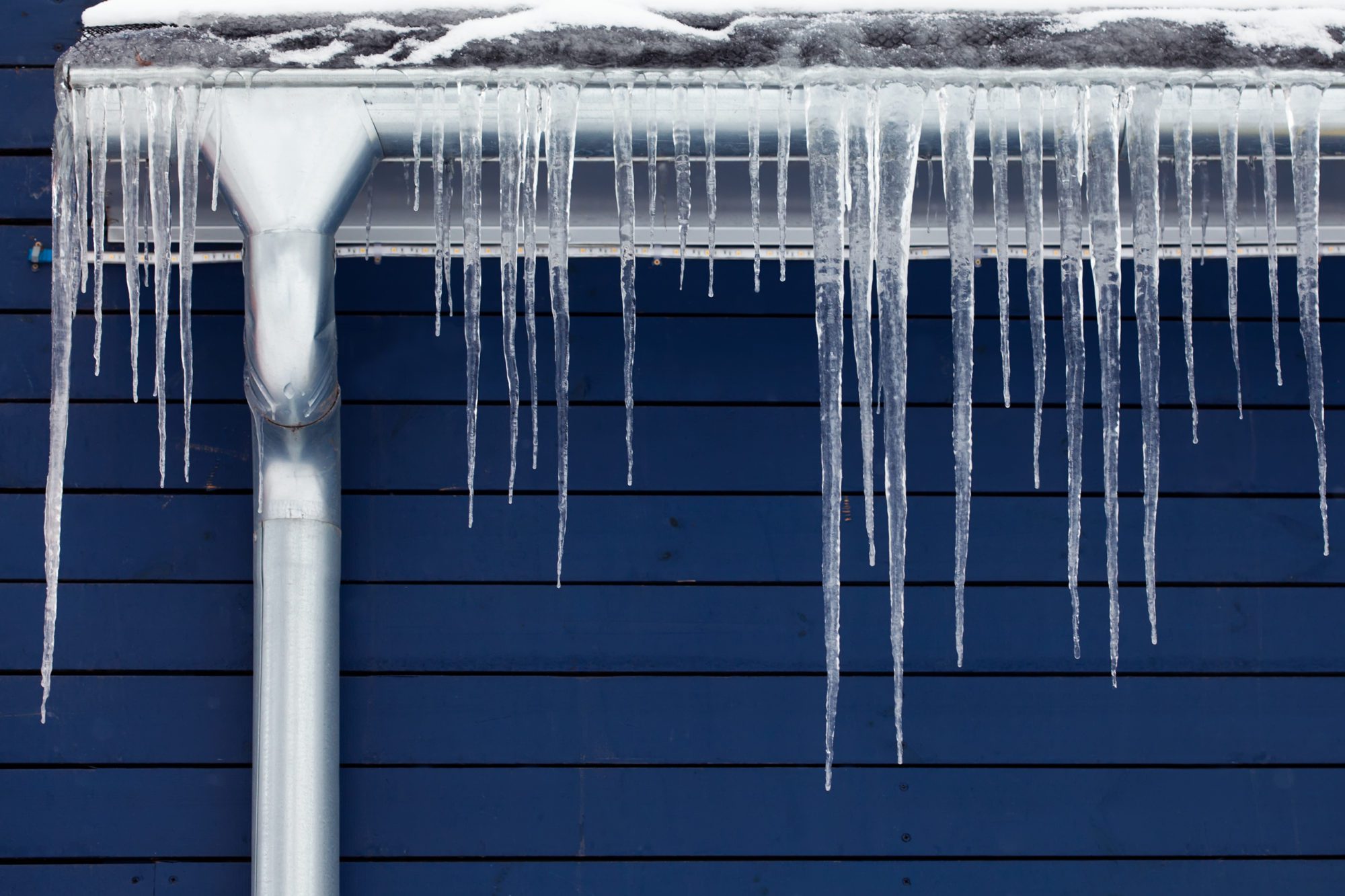Key Approaches for Avoiding Frozen Pipes in Cold Weather
Key Approaches for Avoiding Frozen Pipes in Cold Weather
Blog Article
Are you trying to locate critical information about How to Prevent Your Pipes From Freezing?

Cold weather can ruin your pipes, specifically by freezing pipes. Right here's exactly how to prevent it from occurring and what to do if it does.
Introduction
As temperatures decrease, the threat of icy pipelines boosts, possibly leading to costly fixings and water damage. Recognizing exactly how to prevent frozen pipes is vital for house owners in cold environments.
Recognizing Frozen Pipelines
What causes pipelines to freeze?
Pipes freeze when subjected to temperature levels below 32 ° F (0 ° C) for extended durations. As water inside the pipelines freezes, it expands, putting pressure on the pipe wall surfaces and possibly creating them to break.
Threats and problems
Frozen pipelines can lead to water disturbances, property damages, and expensive fixings. Ruptured pipelines can flood homes and trigger considerable structural damages.
Signs of Frozen Water Lines
Identifying icy pipes early can avoid them from rupturing.
Just how to recognize frozen pipelines
Seek reduced water circulation from faucets, unusual odors or noises from pipelines, and visible frost on subjected pipelines.
Avoidance Tips
Shielding vulnerable pipelines
Cover pipes in insulation sleeves or use warmth tape to safeguard them from freezing temperature levels. Concentrate on pipelines in unheated or external areas of the home.
Heating strategies
Maintain interior spaces properly heated, especially areas with plumbing. Open up closet doors to enable warm air to circulate around pipelines under sinks.
Protecting Exterior Pipes
Yard hose pipes and outdoor faucets
Disconnect and drain pipes yard pipes before winter. Mount frost-proof faucets or cover outside taps with protected caps.
What to Do If Your Pipelines Freeze
Immediate activities to take
If you presume frozen pipelines, maintain faucets open up to soothe pressure as the ice thaws. Utilize a hairdryer or towels soaked in warm water to thaw pipes slowly.
Long-Term Solutions
Structural changes
Consider rerouting pipelines away from outside wall surfaces or unheated locations. Add added insulation to attics, cellars, and crawl spaces.
Updating insulation
Buy high-grade insulation for pipes, attic rooms, and walls. Correct insulation assists maintain regular temperatures and decreases the danger of icy pipes.
Conclusion
Preventing frozen pipes requires positive procedures and quick reactions. By comprehending the causes, indications, and safety nets, house owners can secure their pipes throughout winter.
5 Ways to Prevent Frozen Pipes
Drain Outdoor Faucets and Disconnect Hoses
First, close the shut-off valve that controls the flow of water in the pipe to your outdoor faucet. Then, head outside to disconnect and drain your hose and open the outdoor faucet to allow the water to completely drain out of the line. Turn off the faucet when done. Finally, head back to the shut-off valve and drain the remaining water inside the pipe into a bucket or container. Additionally, if you have a home irrigation system, you should consider hiring an expert to clear the system of water each year.
Insulate Pipes
One of the best and most cost-effective methods for preventing frozen water pipes is to wrap your pipes with insulation. This is especially important for areas in your home that aren’t exposed to heat, such as an attic. We suggest using foam sleeves, which can typically be found at your local hardware store.
Keep Heat Running at 65
Your pipes are located inside your walls, and the temperature there is much colder than the rest of the house. To prevent your pipes from freezing, The Insurance Information Institute suggests that you keep your home heated to at least 65 degrees, even when traveling. You may want to invest in smart devices that can keep an eye on the temperature in your home while you’re away.
Leave Water Dripping
Moving water — even a small trickle — can prevent ice from forming inside your pipes. When freezing temps are imminent, start a drip of water from all faucets that serve exposed pipes. Leaving a few faucets running will also help relieve pressure inside the pipes and help prevent a rupture if the water inside freezes.
Open Cupboard Doors
Warm your kitchen and bathroom pipes by opening cupboards and vanities. You should also leave your interior doors ajar to help warm air circulate evenly throughout your home.

I stumbled upon that content about Helpful Tips to Prevent Frozen Pipes this Winter when doing a lookup on the web. Sharing is caring. One never knows, you might be helping someone out. I appreciate your readership.
Click For More Information Report this page